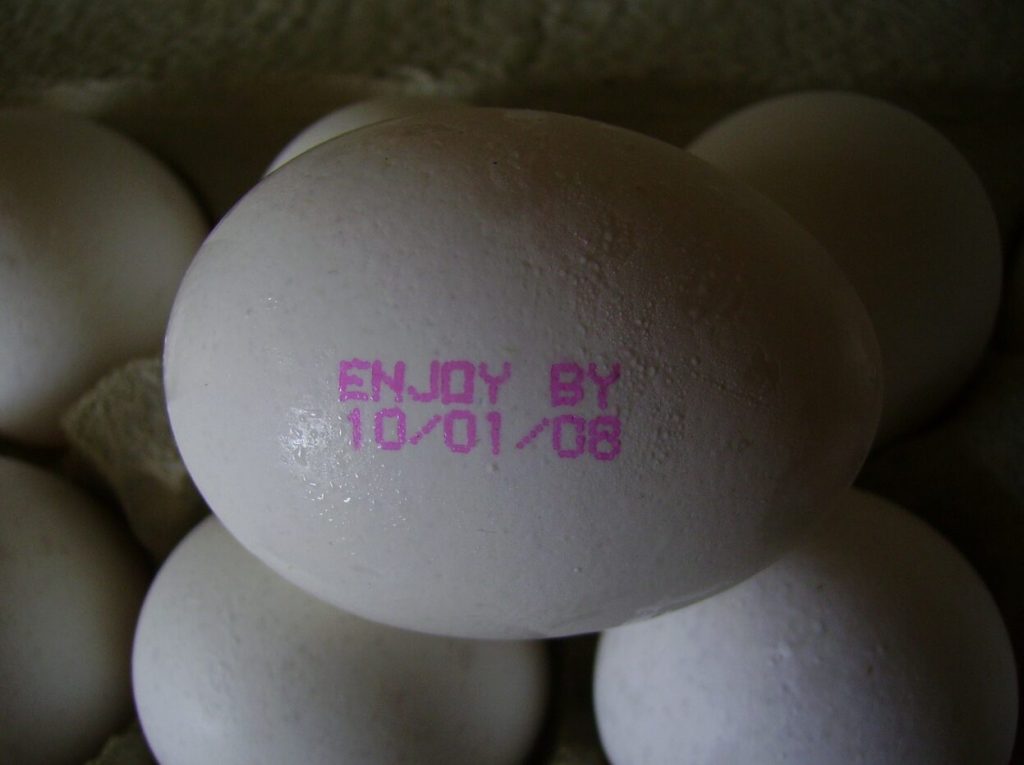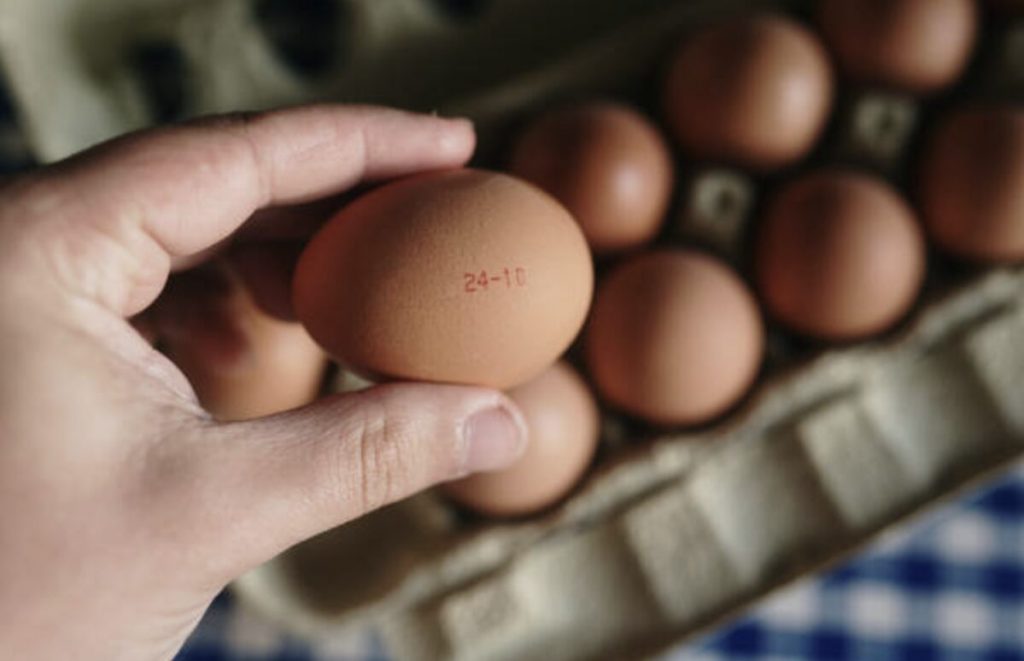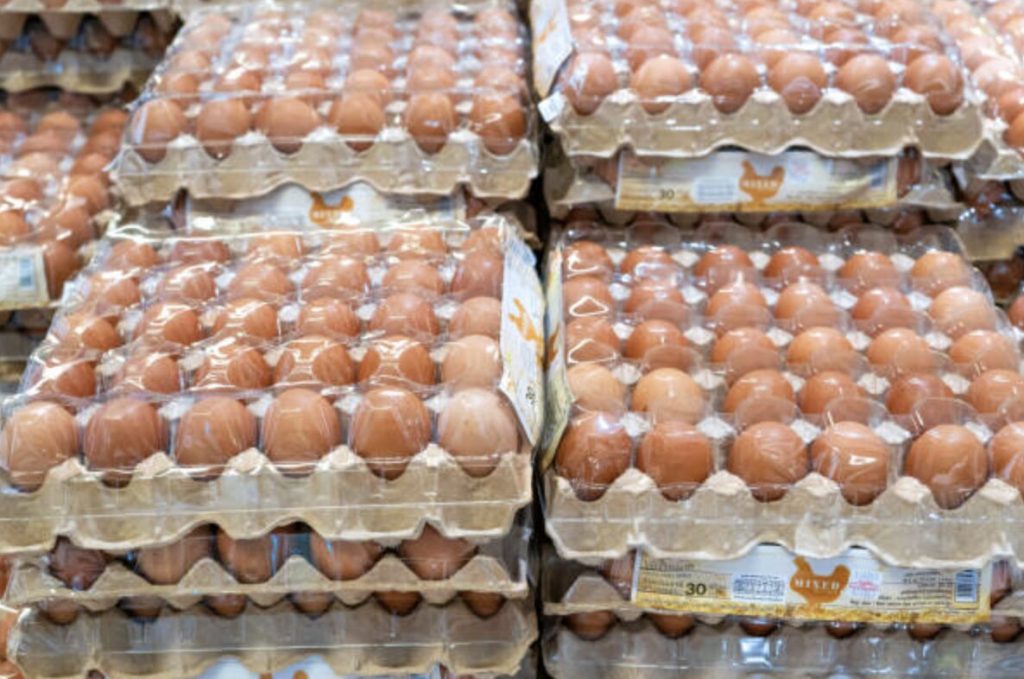As an egg enthusiast, I’ve always been fascinated by the mysterious codes on egg cartons. But it wasn’t until I deciphered their meaning that I realized the importance of these numbers. Beyond mere curiosity, understanding these codes ensures the quality and safety of the eggs we consume.
The Julian Date, a three-digit code, reveals the day of the year the eggs were packed, ranging from 001 (January 1st) to 365 (December 31st). This simple code helps track freshness and expiry. Eggs remain safe for consumption up to 30 days from packaging, provided they’re stored correctly.

Adjacent to the Julian Date lies the Packaging Plant Code, beginning with the letter ‘P’. This code identifies the processing location, crucial during egg recalls. Knowing this code can alleviate concerns about contaminated eggs.
The significance of these codes hit home during a massive egg recall due to salmonella contamination. By checking the plant code and Julian Date, I confirmed my eggs were safe.

Beyond dates, look for the USDA grade shield and terms like ‘organic’ or ‘pastured’ for added quality assurance. Grade AA eggs boast thick whites and firm yolks, ideal for frying or poaching. Organic eggs come from chickens fed organic feed, without antibiotics, while cage-free eggs originate from chickens grazing on real food.
One Saturday morning, I put my knowledge to the test. Checking the Julian Date, I confirmed the eggs’ freshness. The yolks were dense and orange, indicating optimal quality. Whisking, cooking, and folding the omelet, I savored the best breakfast in ages.

Next time you hold an egg carton, take a moment to decipher the codes. Unlocking their secrets guarantees quality, safety, and elevated egg-cooking skills. In the world of gastronomy, even minor details can make a significant difference.
Embracing this knowledge will transform your egg-buying experience, ensuring freshness and peace of mind with every crack.


